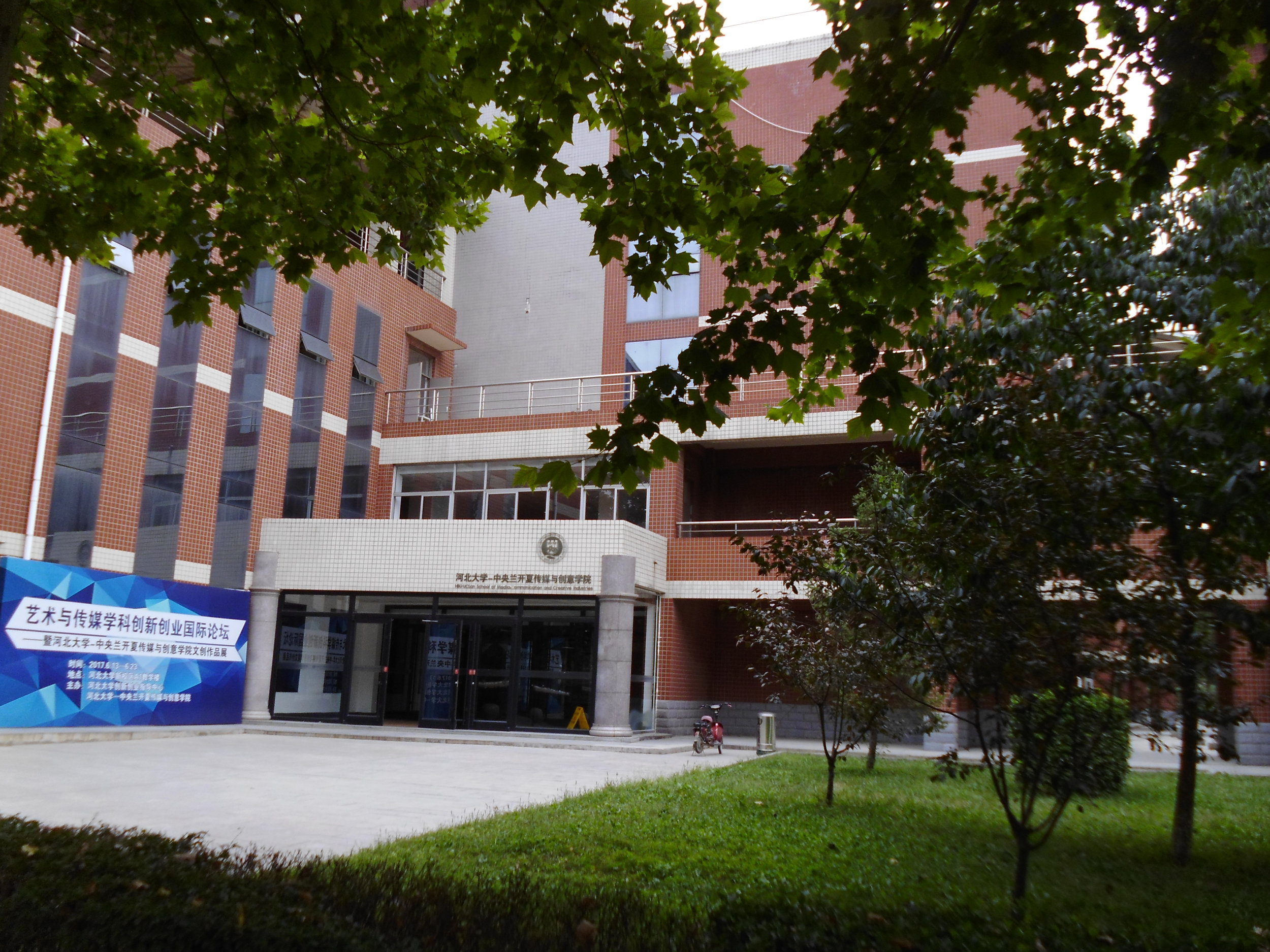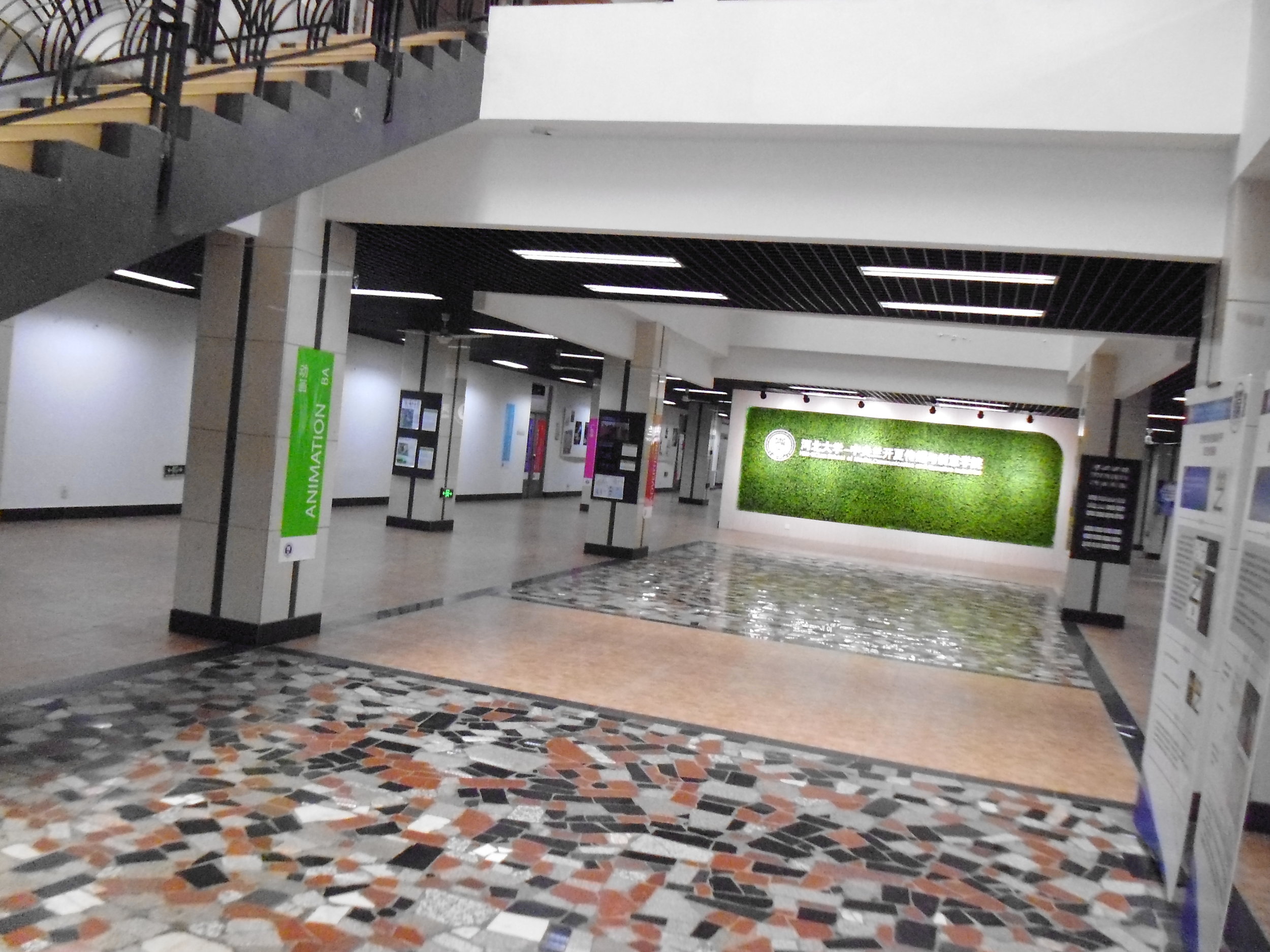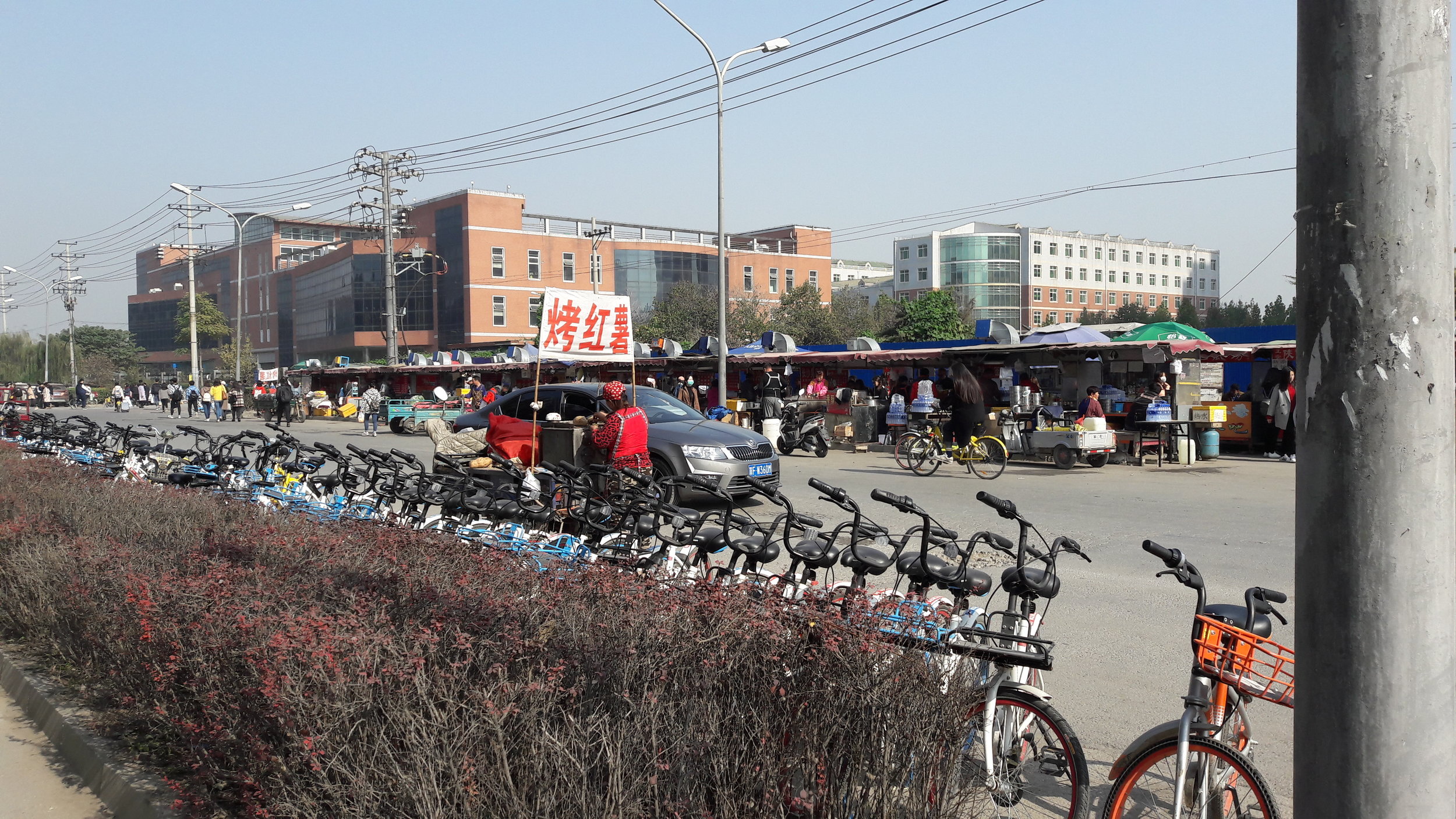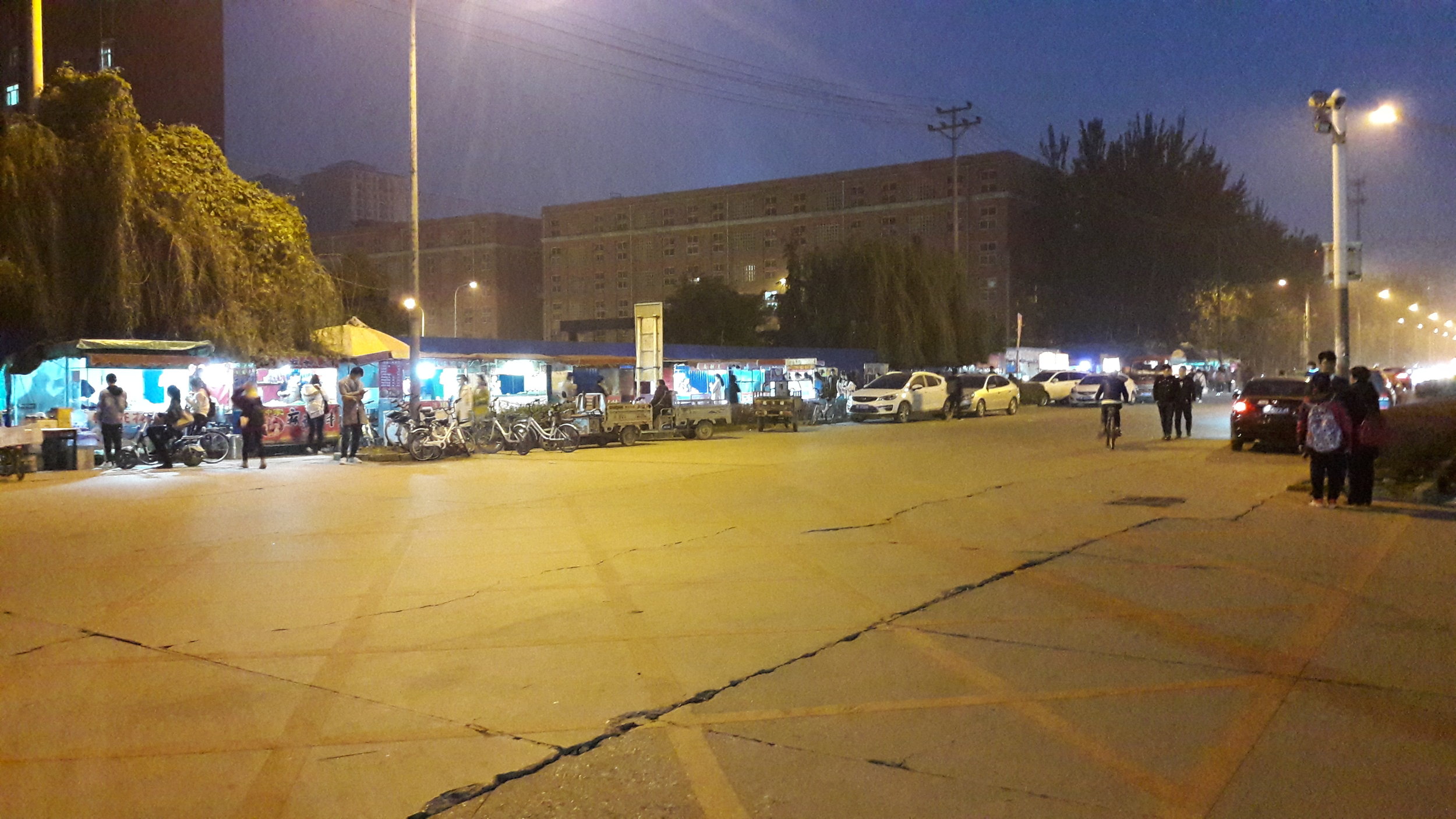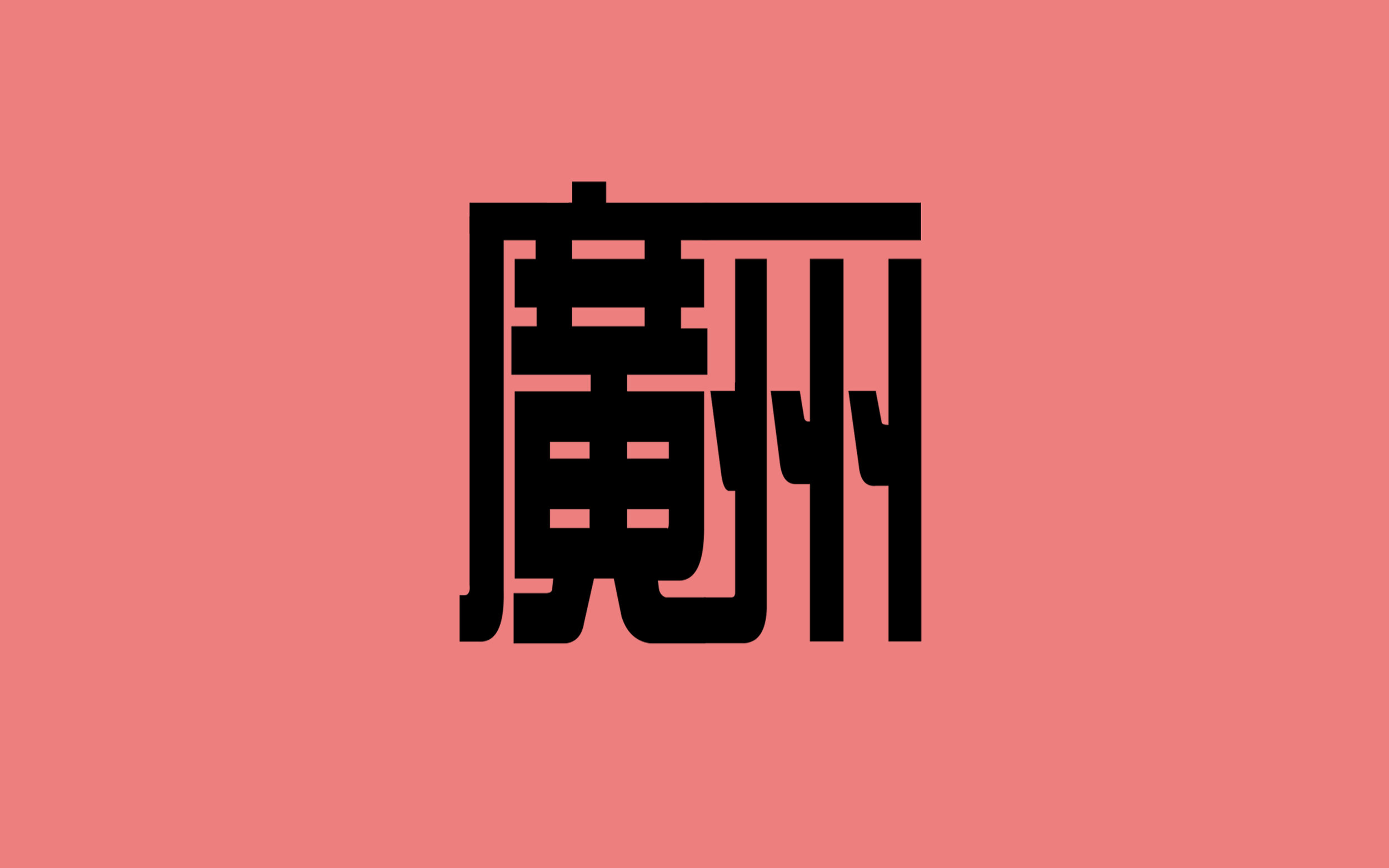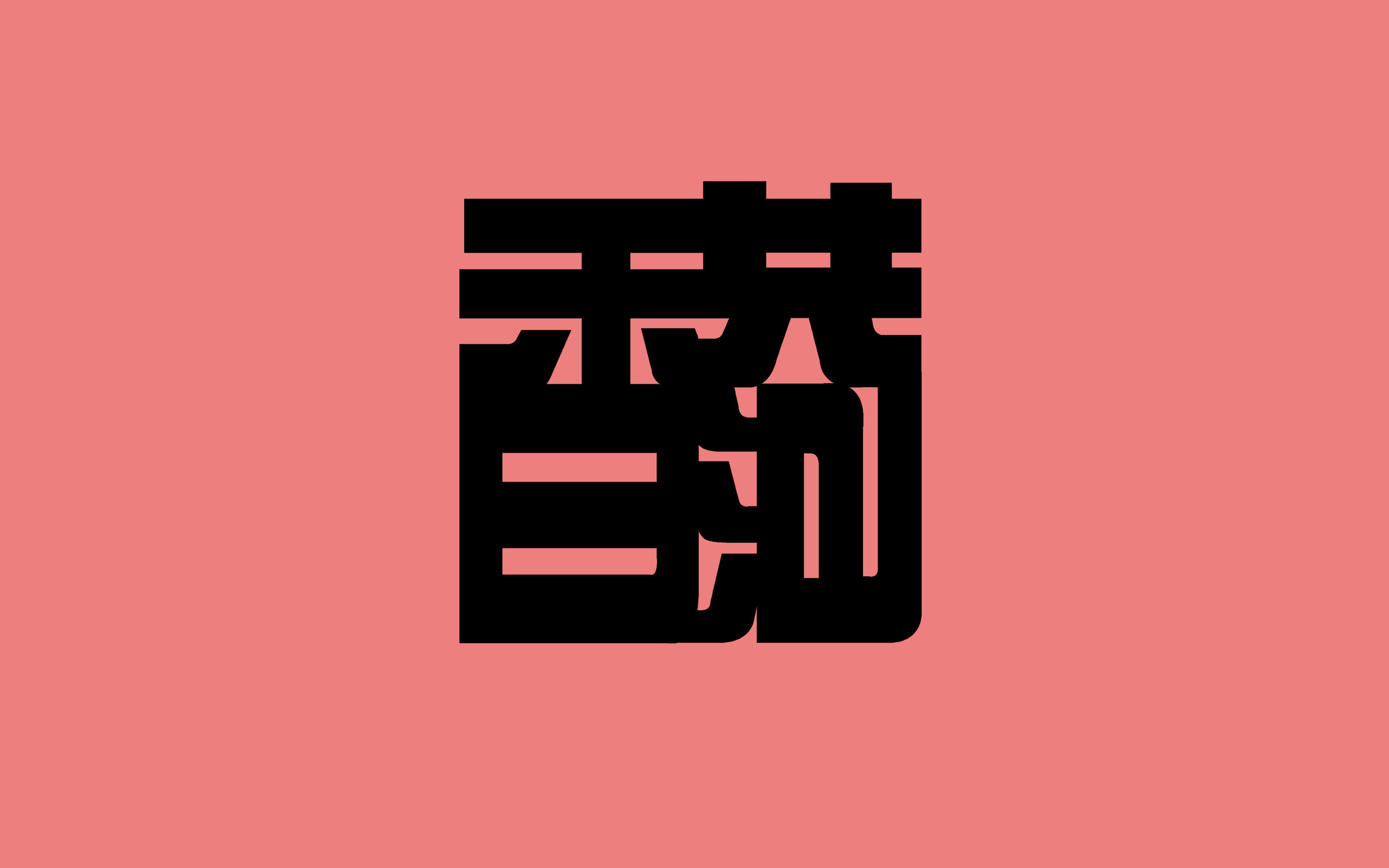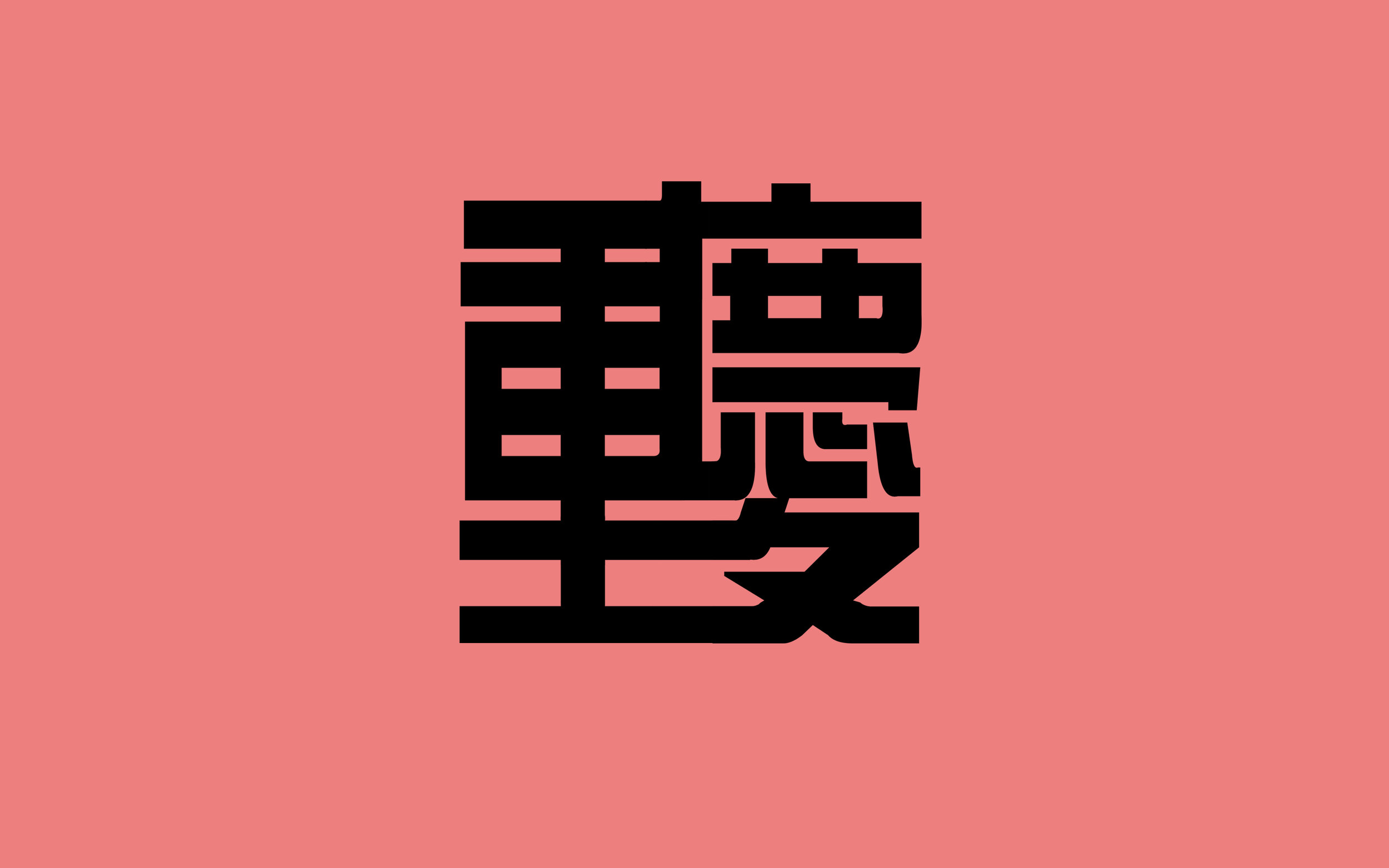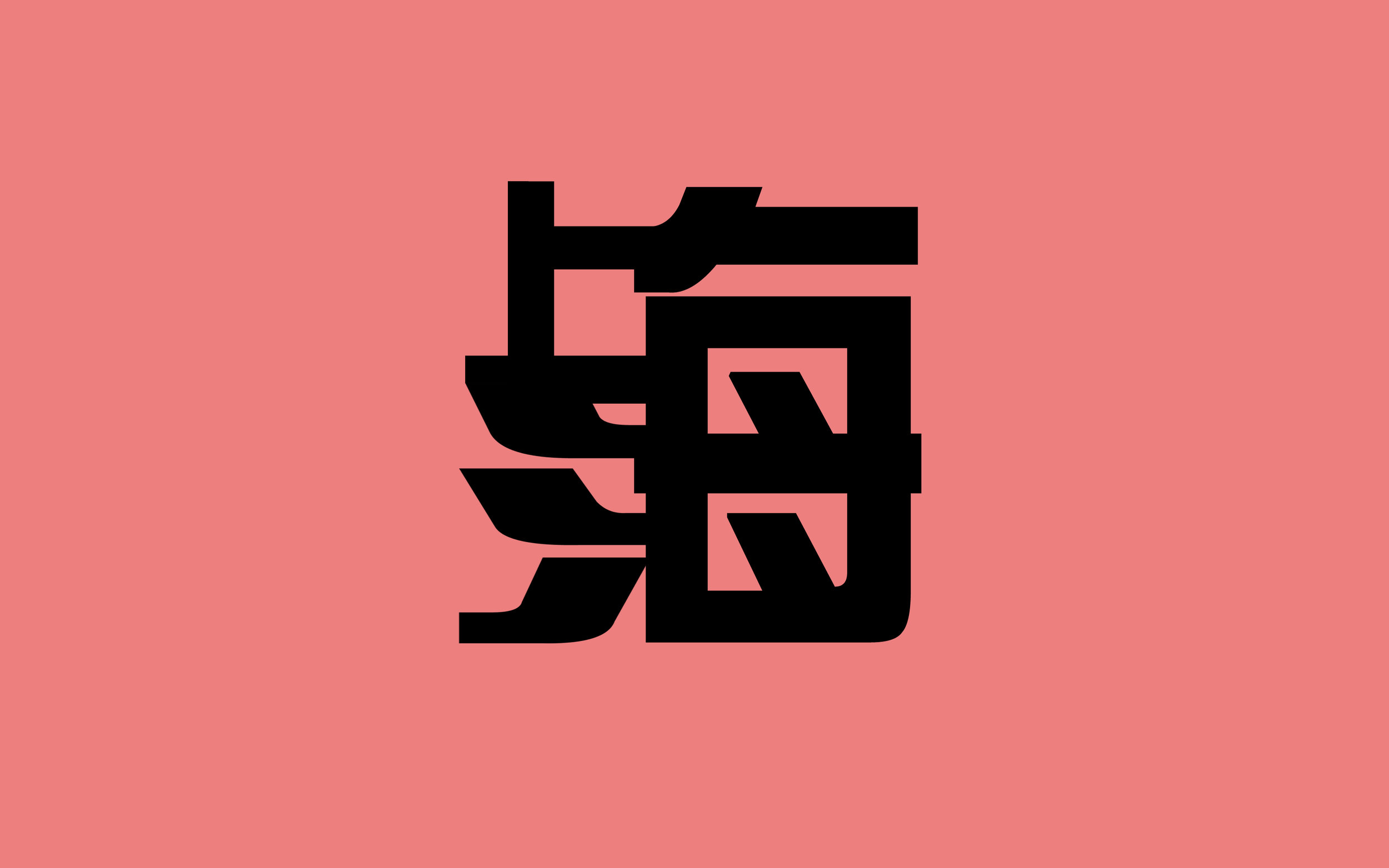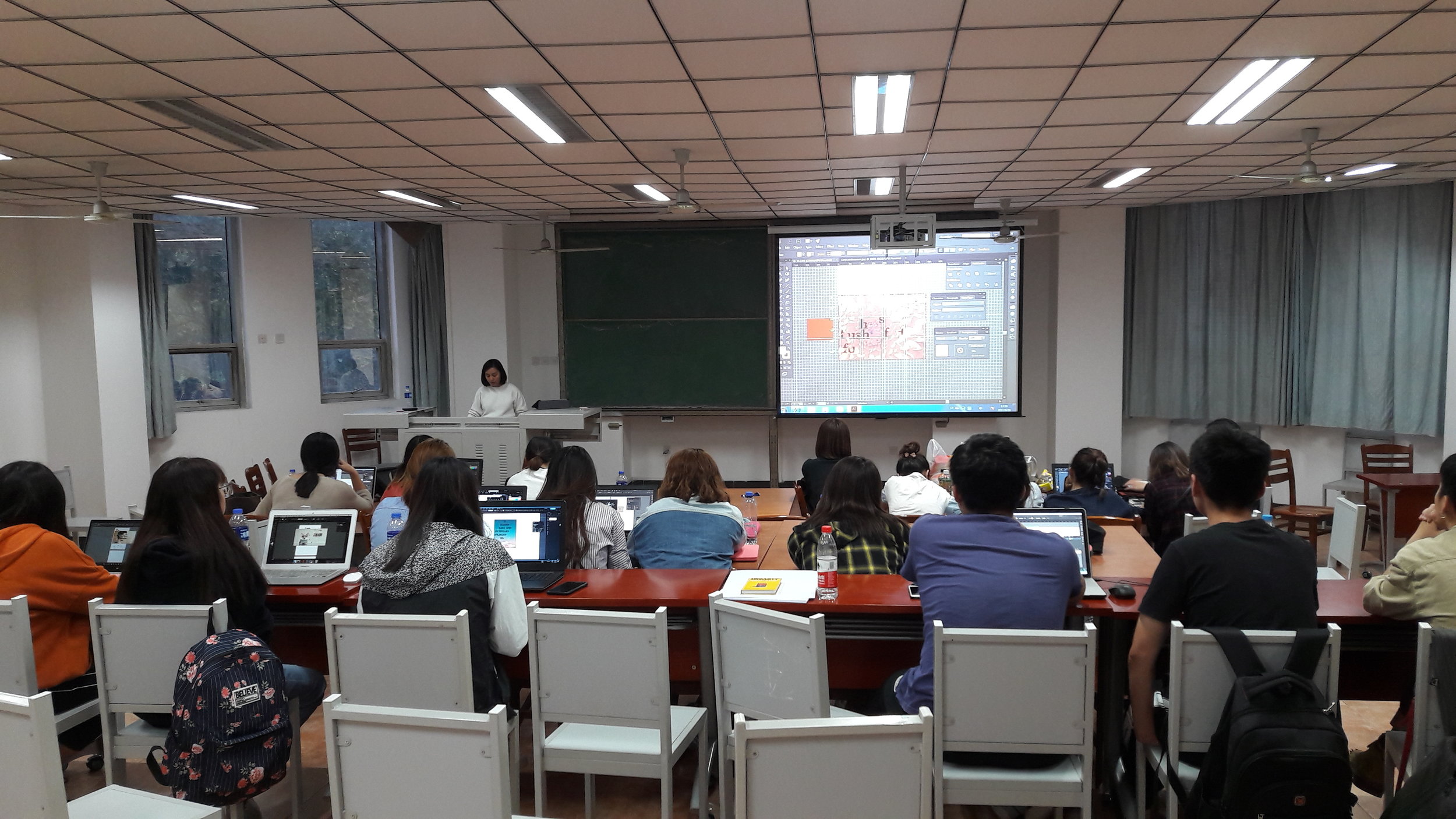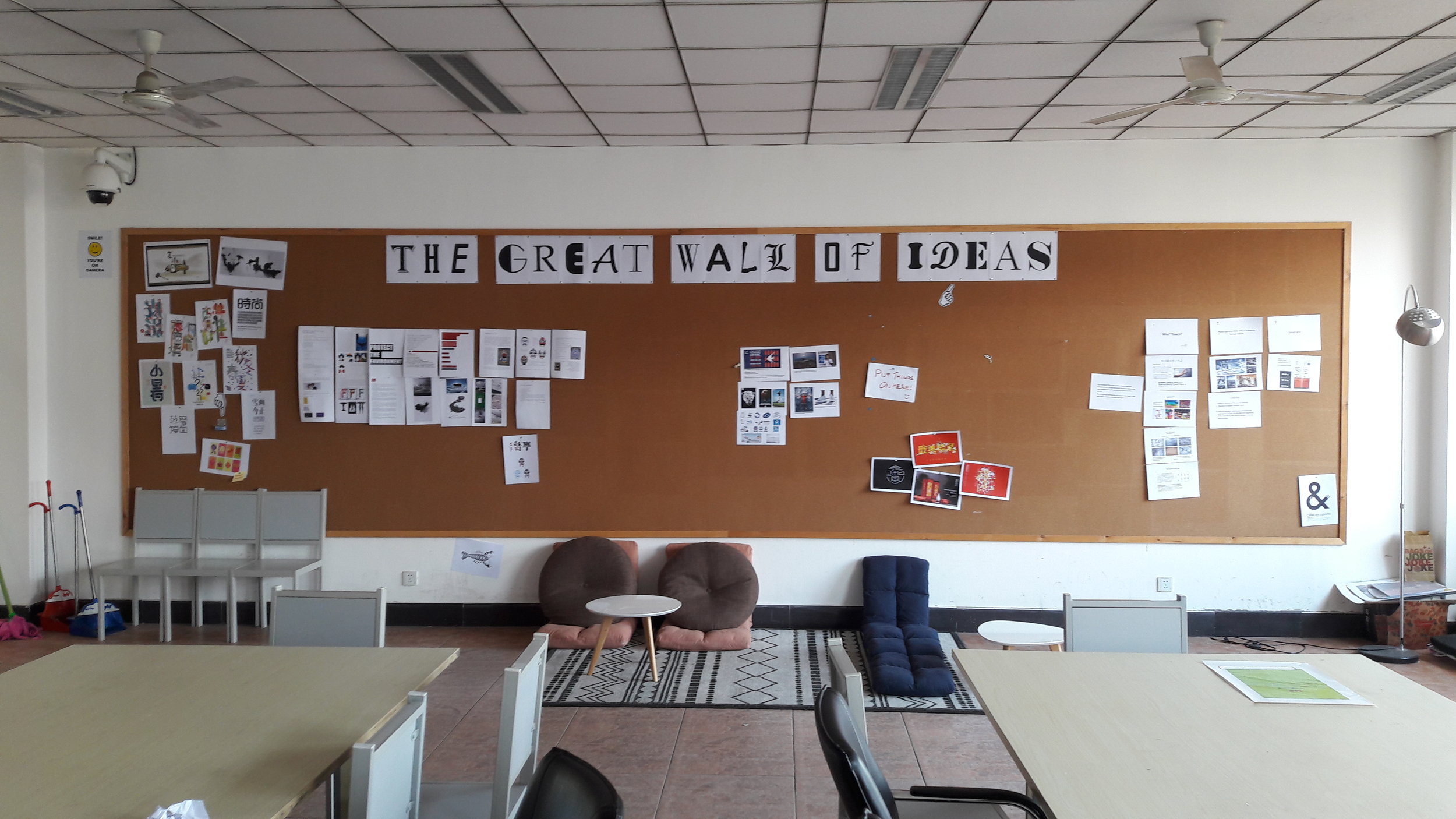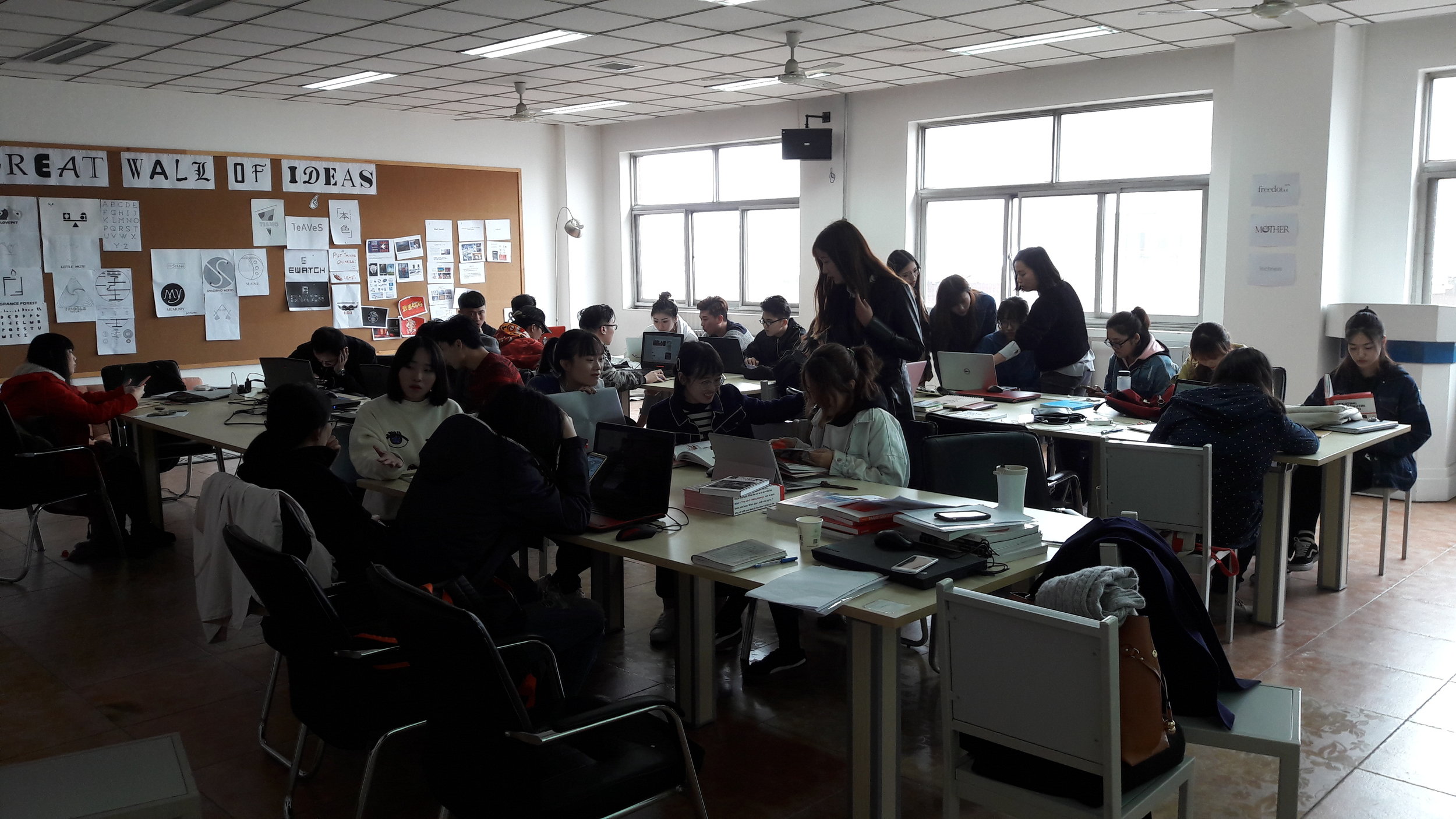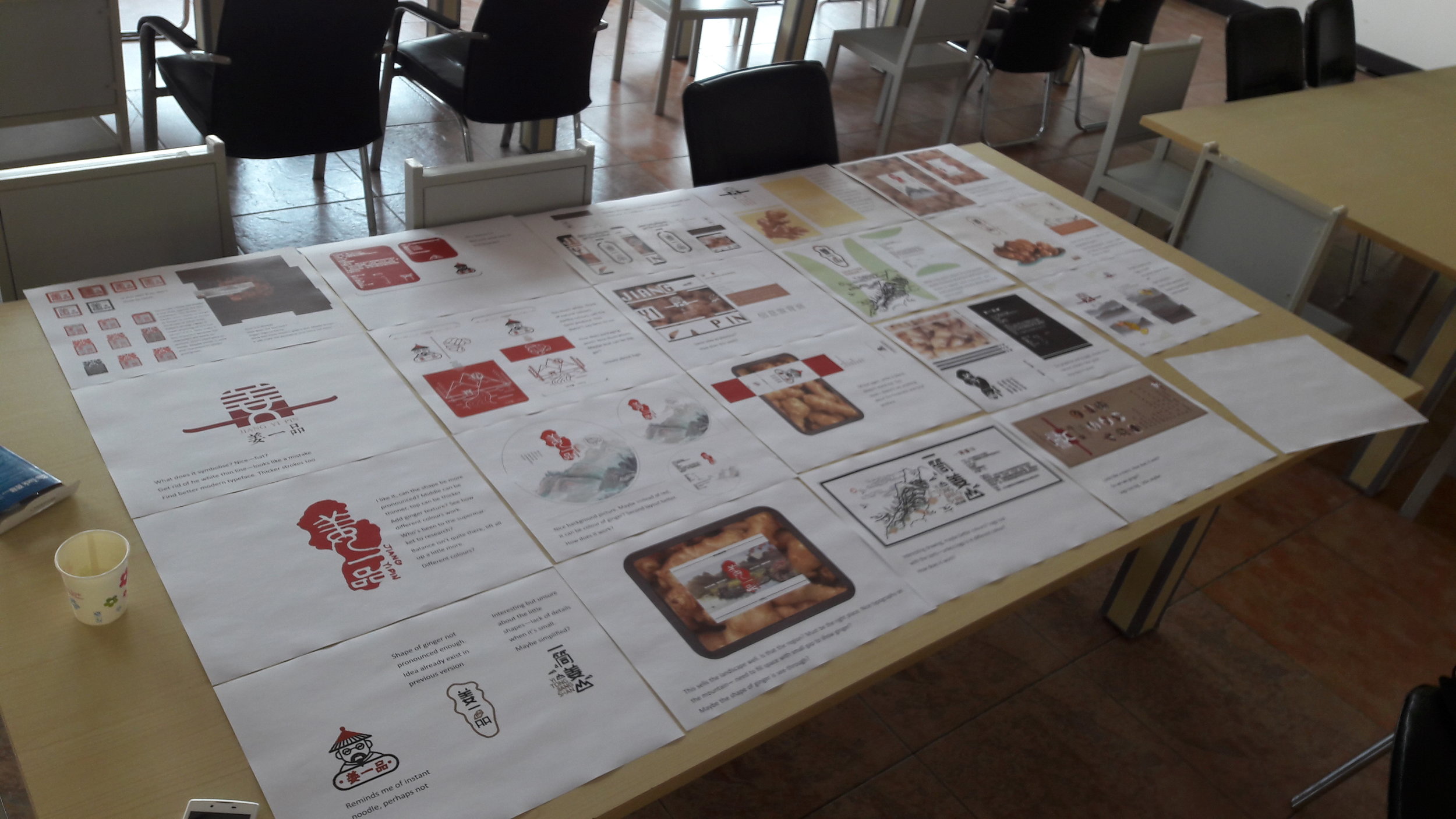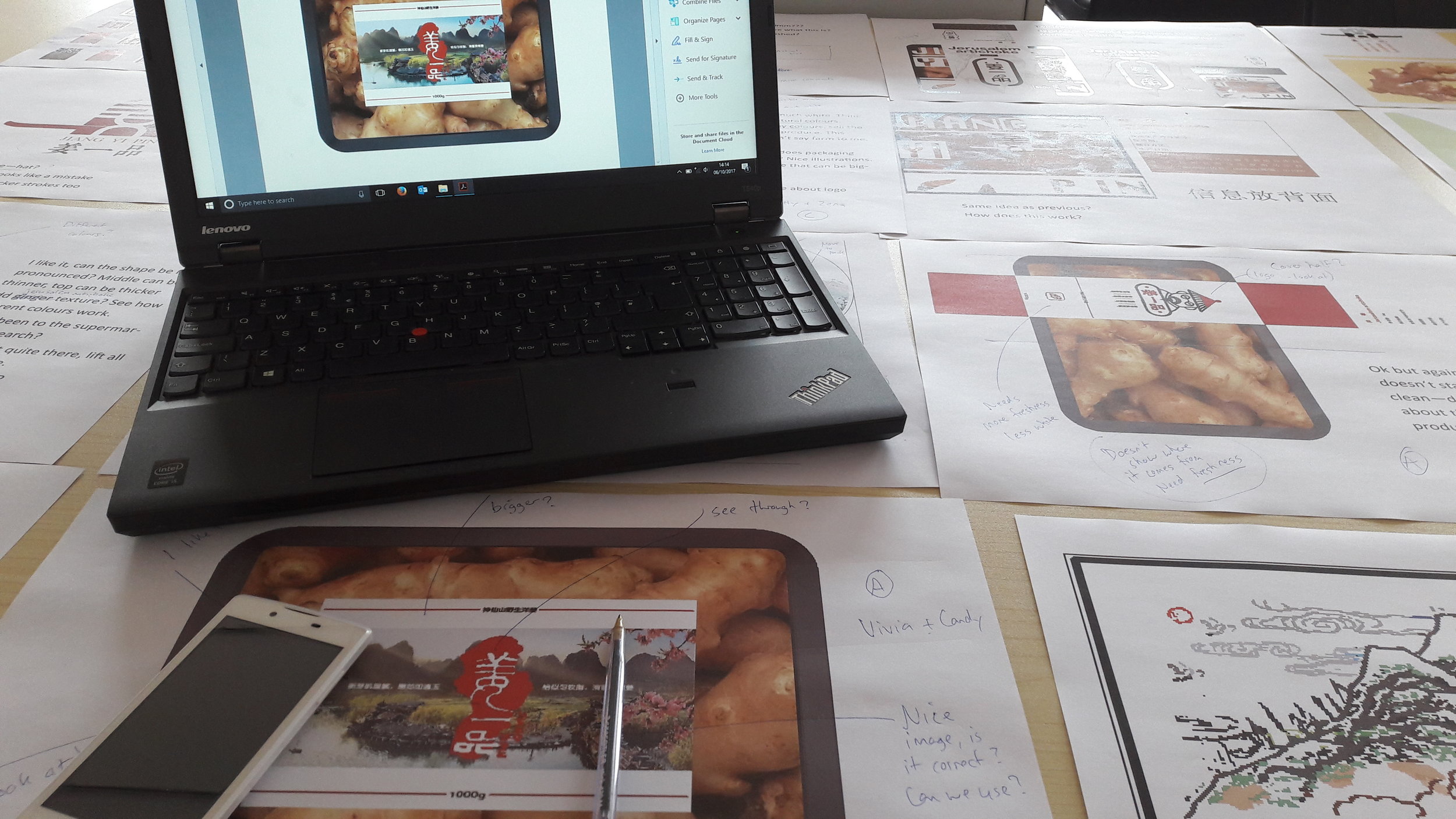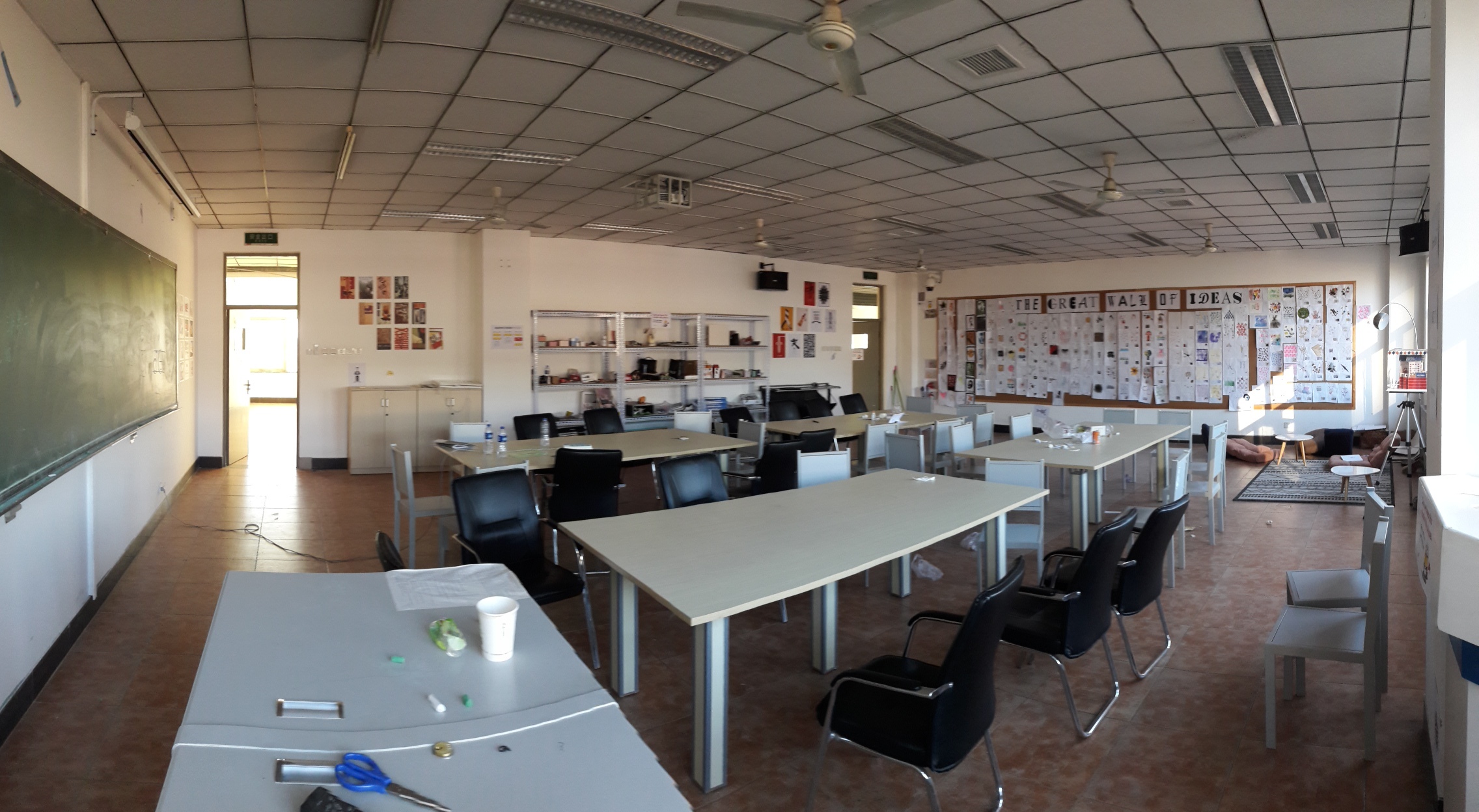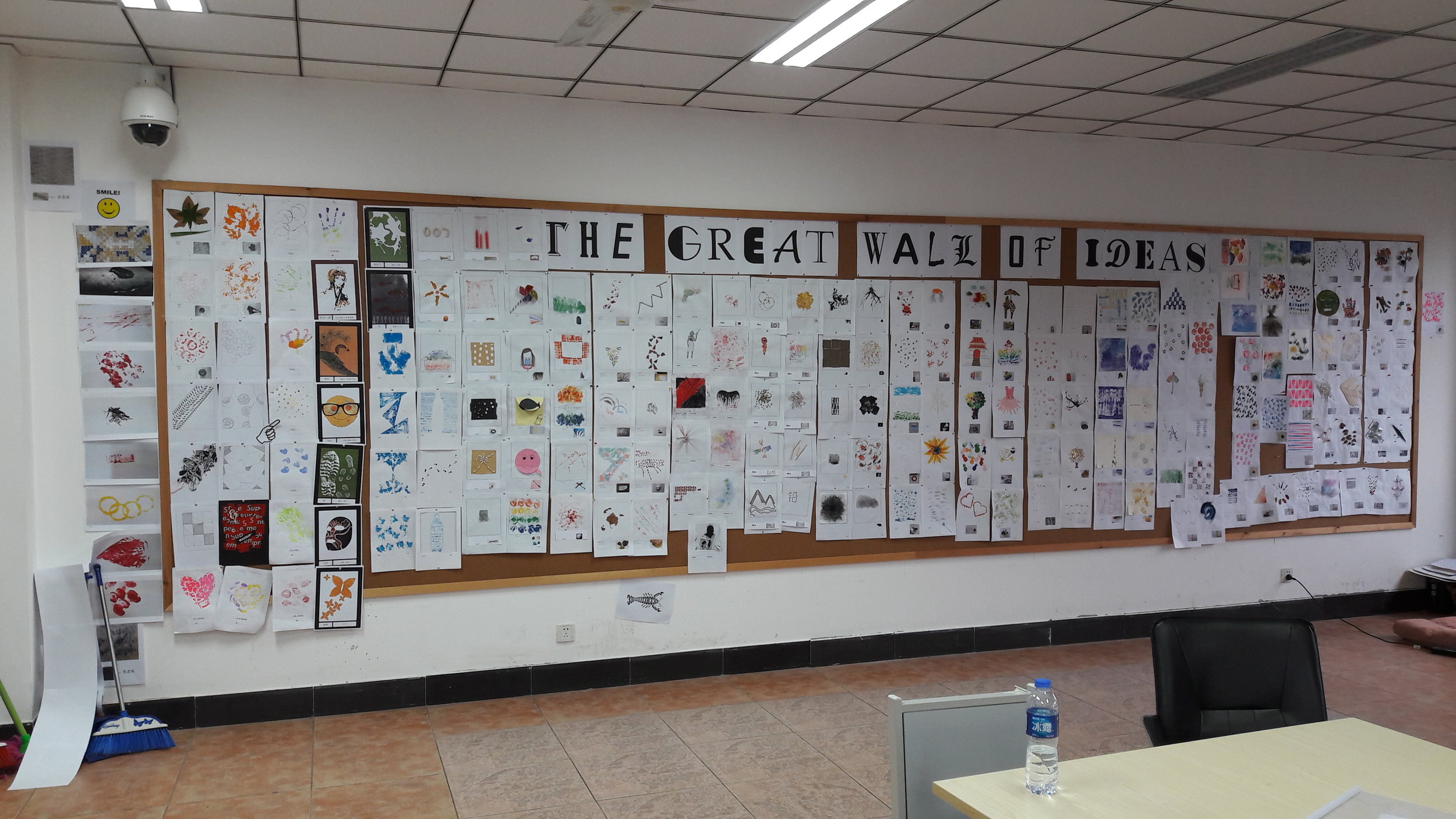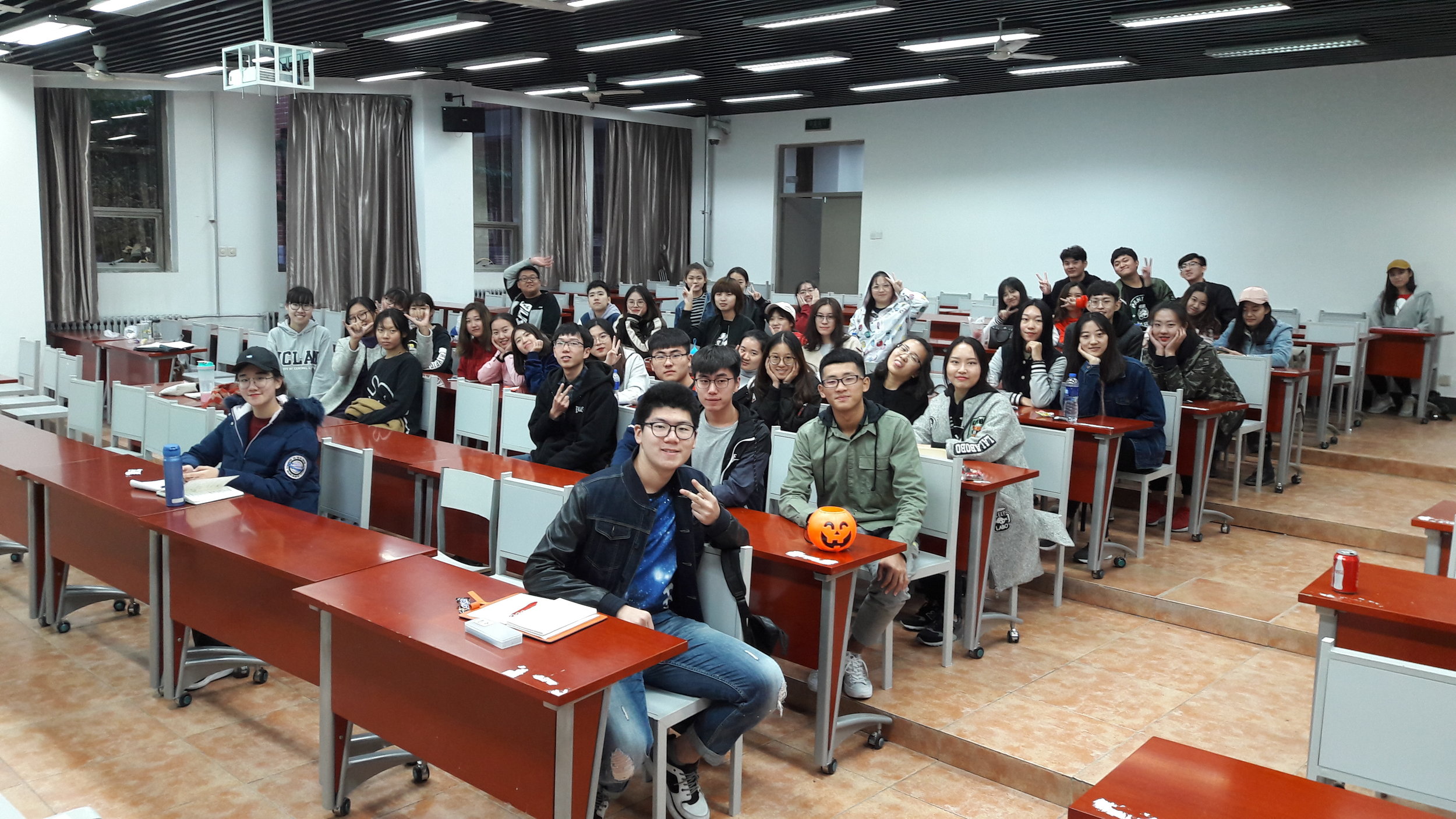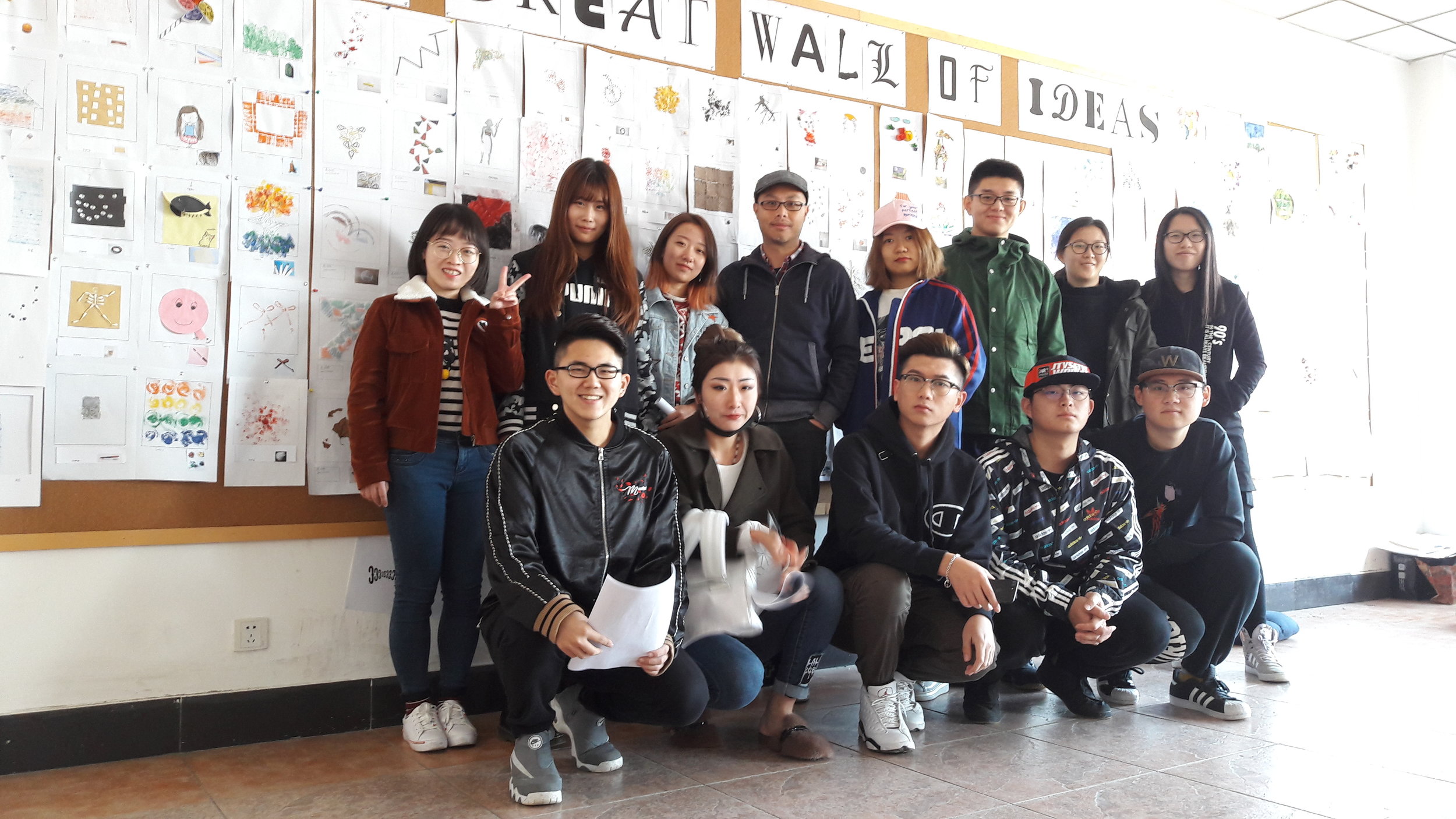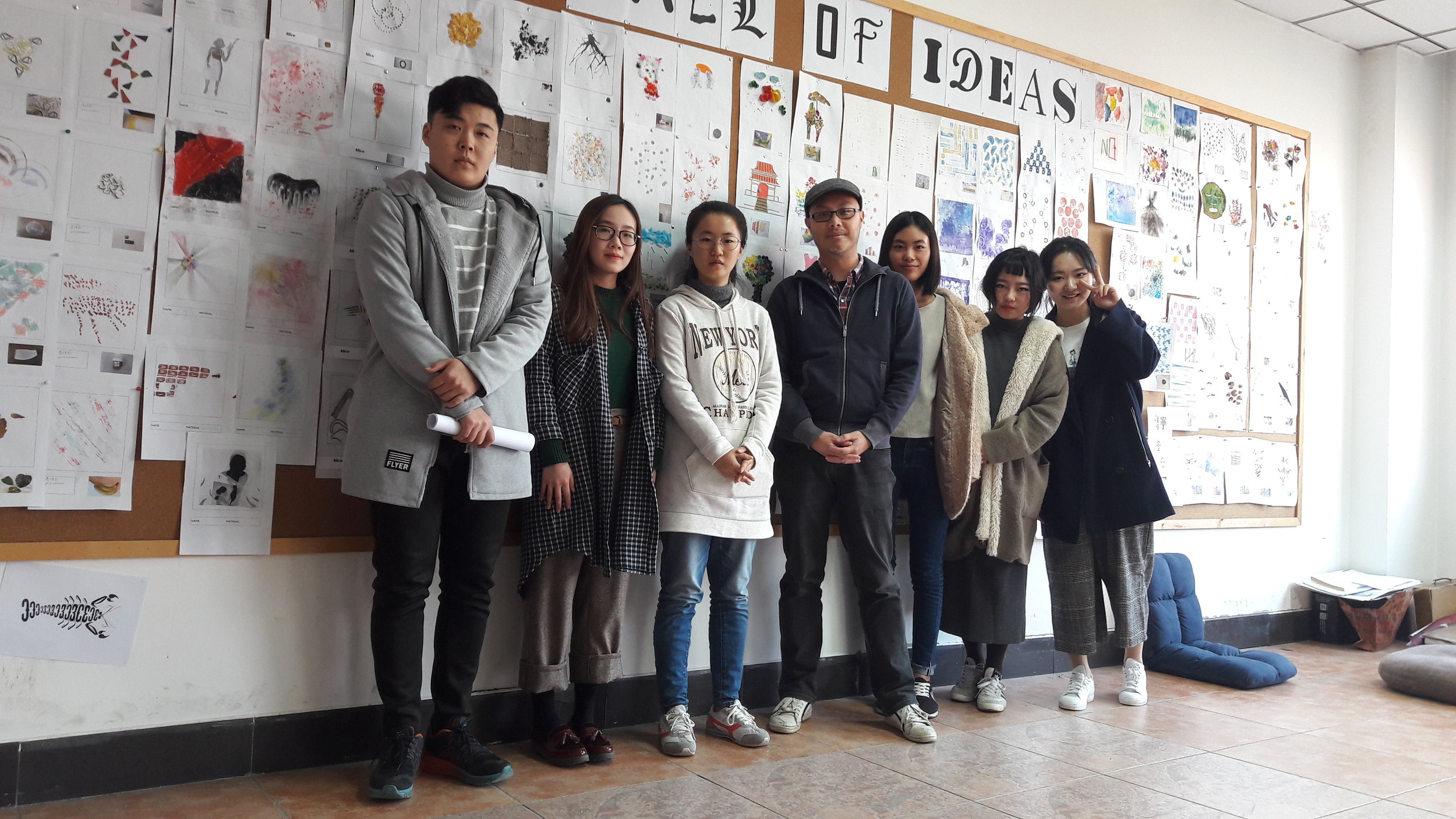HBU/UCLan
/Hebei University in Baoding, China are running the same modules as UCLan across Graphic Design, Advertising, Animation, Interior Design and Film and Media. I’ve been a visiting lecturer for two months delivering Contextual Studies and Graphic Design. This is an exciting year because they will produce the first batch of graduates from the partnership. The Year 4 (3rd years) students are on course with their Honours Project, the Year 3 (2nd years) are showing potential with their branding exercise and Year 2 (1st years) are developing lateral thinking. (Click above image to scroll for more)
HBU-UCLan School of Media, Communication and Creative Industries located in A1 building on far left of the six blocks.
Their cultural input excites me, they are producing ideas of Chinese origin with Western influence. Not surprisingly they can struggle with Typography, but considering there are over 50,000 Chinese characters, our 26 letters are almost dull in comparison. You will find many Chinese design dominated by a single character (a meaning), either incorporating an idea or assembled with other characters to evolve the meaning (like creating a new letter by combination - see below, Honours Project by Ellis, a final Year Graphics student). That is their equivalent of Smile In The Mind wit. I had my preconceived view of what a ‘good idea’ is but that’s based on domestic influence, it’s made clear that universally, a ‘good idea’ must also consider the cultural and societal influence.
There are recurring themes in their conceptual work across all courses. We have to be conscious of the materials they have access to. China exists in an information bubble, what we take for granted are not accessible (Google, Wikipedia, Twitter etc). The population derive information from limited sources and without the freedom we enjoy, they are unfairly portrayed as unimaginative. I was fortunate to work with two brilliant Graphic Design lecturers from Beijing, they enhanced their creative thinking by studying abroad. It’s easy to be dismissive of weak ideas drawn from limitation, but the challenge to think within the limitation can breed creativity. If we collaborate by recognising their challenge and by applying our knowledge, maybe something will blossom.
The Chinese market is vast, the demand for creativity will only increase. However, it isn’t a case of transplanting our methodology over theirs. The future is convergence because we can’t have a conversation in our tone, we have to use a tone their population would understand. I believe a holistic approach can bridge our creative differences, but it will demand patience and a lot of effort. This is why I wholly support the partnership between both Universities, in time we will see the best of both worlds. (Click above image to scroll for more)
Irene, Year 3 - Toy store branding solution first draft
Jim, Year 3 - Branding typeface draft
Year 3 Branding by Polly, Steven and Alysha (Spot the word Iris).
